-
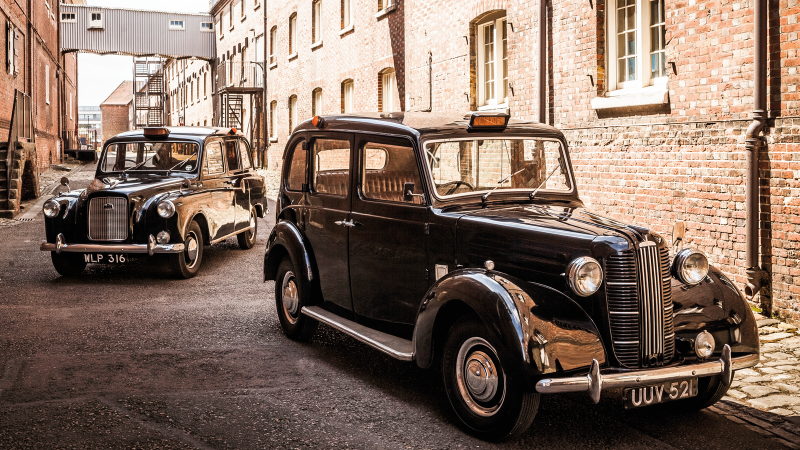 © Tony Baker/Classic & Sports Car
© Tony Baker/Classic & Sports Car -
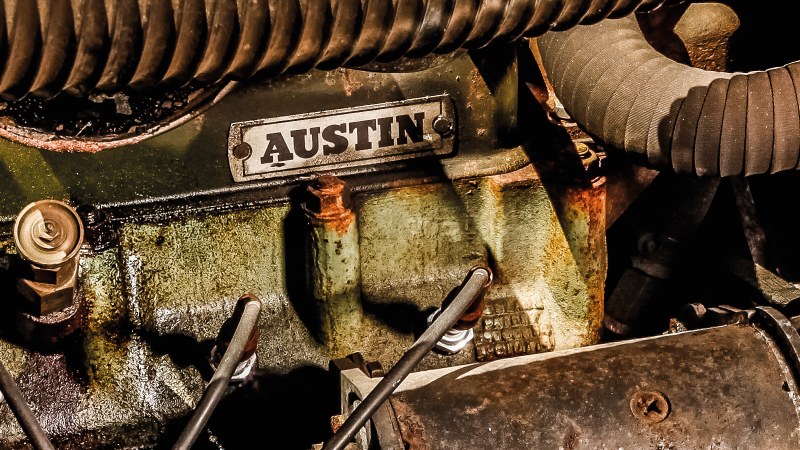 © Tony Baker/Classic & Sports Car
© Tony Baker/Classic & Sports Car -
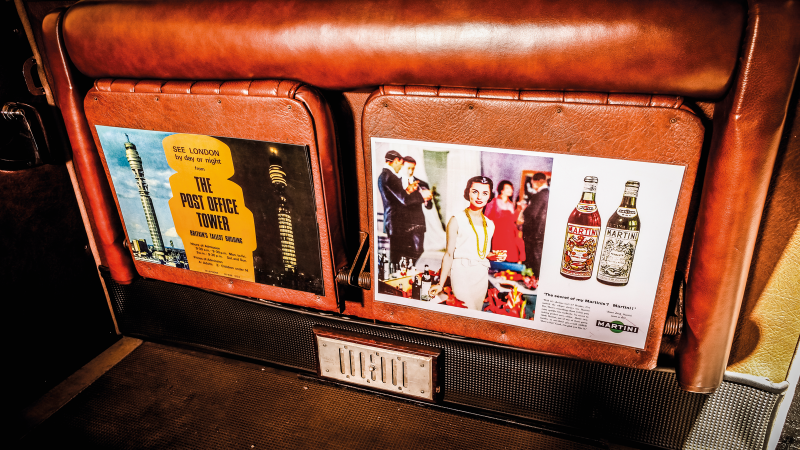 © Tony Baker/Classic & Sports Car
© Tony Baker/Classic & Sports Car -
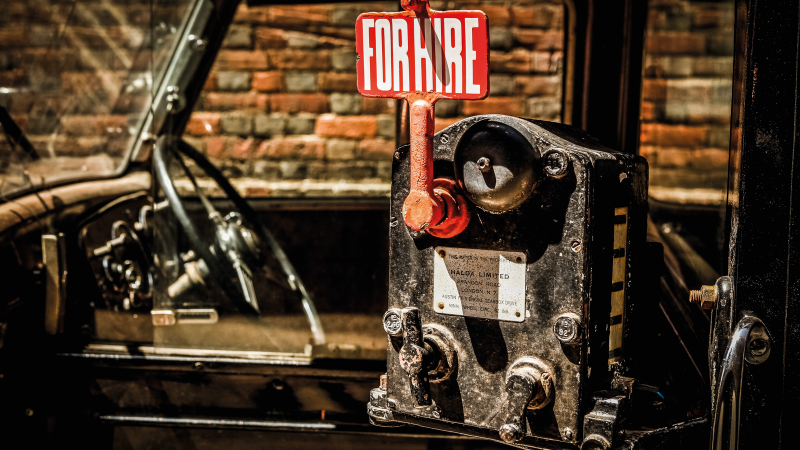 © Tony Baker/Classic & Sports Car
© Tony Baker/Classic & Sports Car -
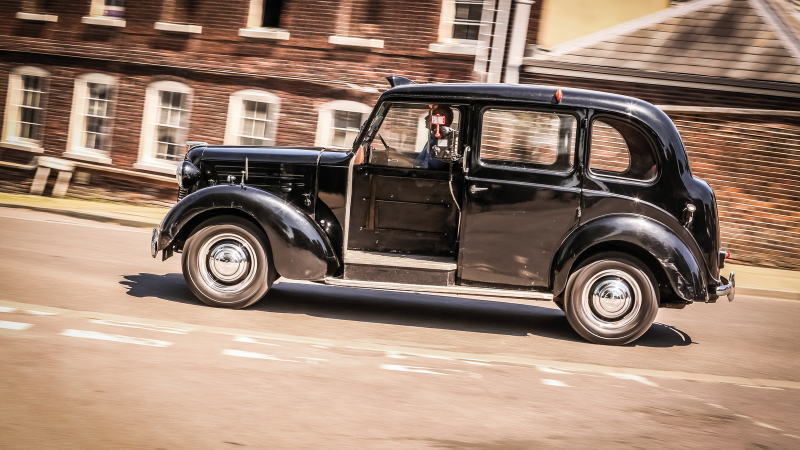 © Tony Baker/Classic & Sports Car
© Tony Baker/Classic & Sports Car -
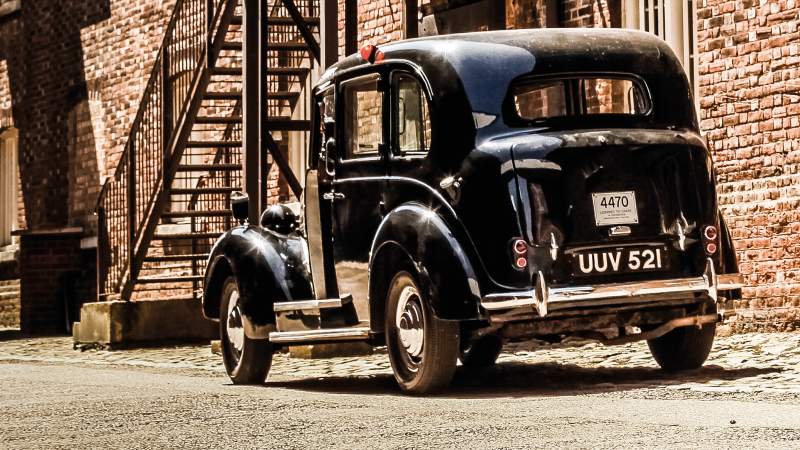 © Tony Baker/Classic & Sports Car
© Tony Baker/Classic & Sports Car -
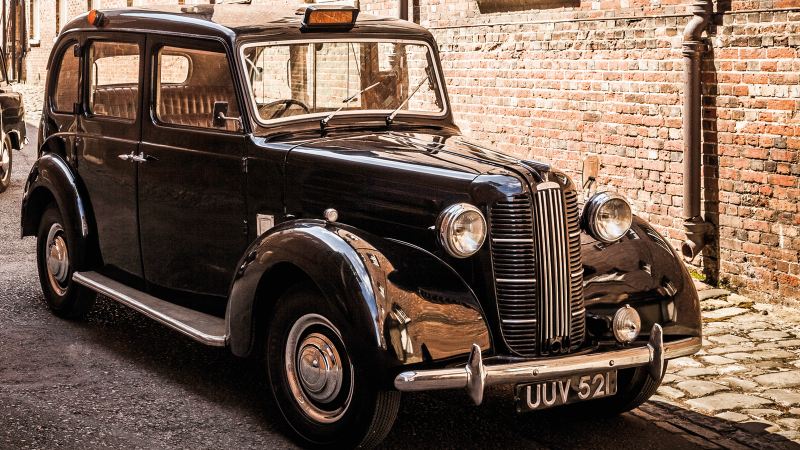 © Tony Baker/Classic & Sports Car
© Tony Baker/Classic & Sports Car -
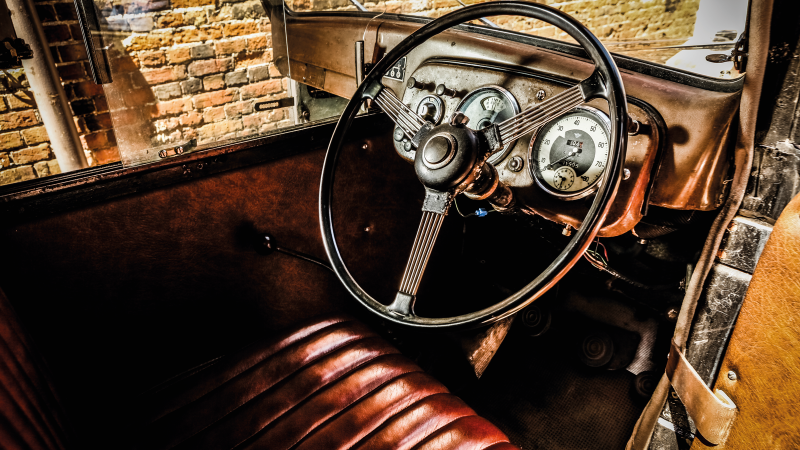 © Tony Baker/Classic & Sports Car
© Tony Baker/Classic & Sports Car -
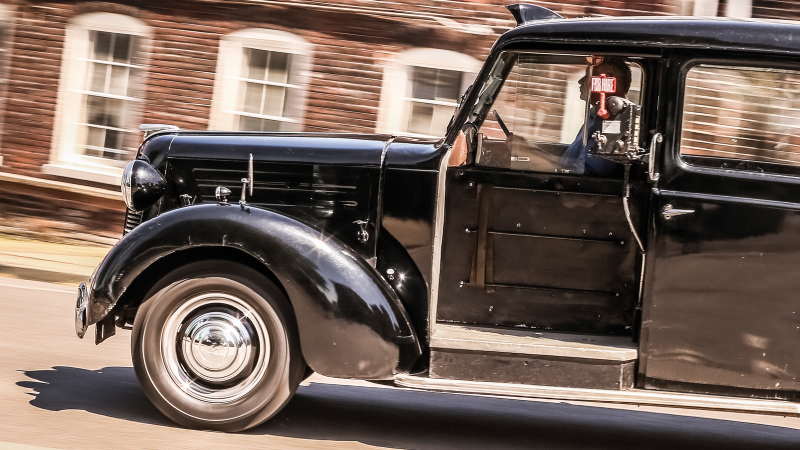 © Tony Baker/Classic & Sports Car
© Tony Baker/Classic & Sports Car -
 © Tony Baker/Classic & Sports Car
© Tony Baker/Classic & Sports Car -
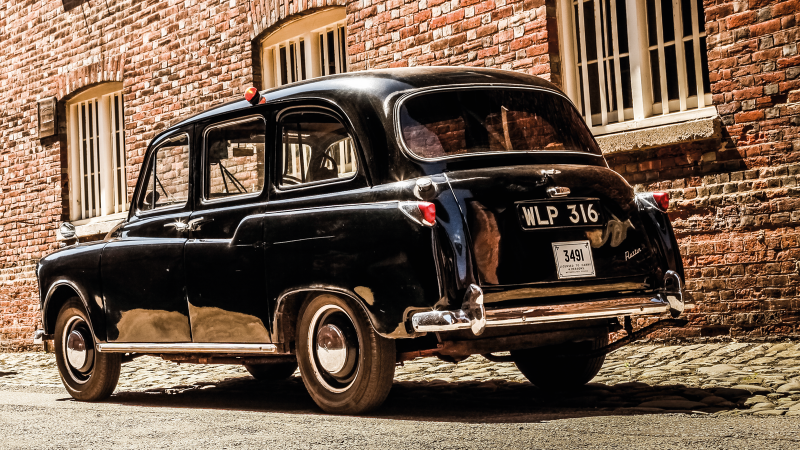 © Tony Baker/Classic & Sports Car
© Tony Baker/Classic & Sports Car -
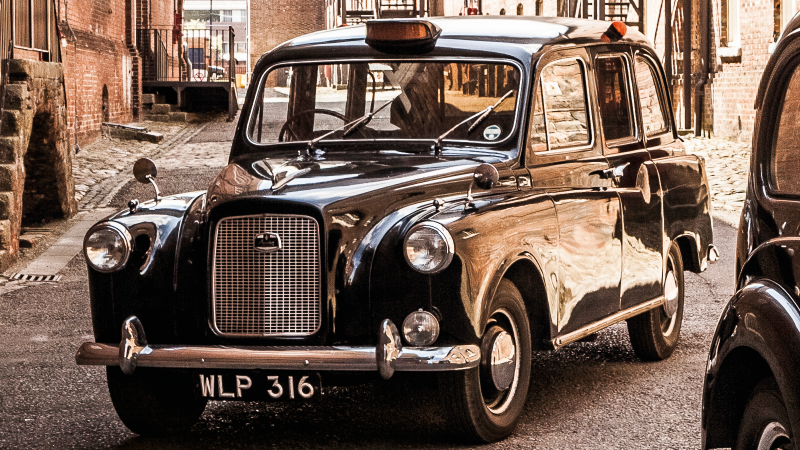 © Tony Baker/Classic & Sports Car
© Tony Baker/Classic & Sports Car -
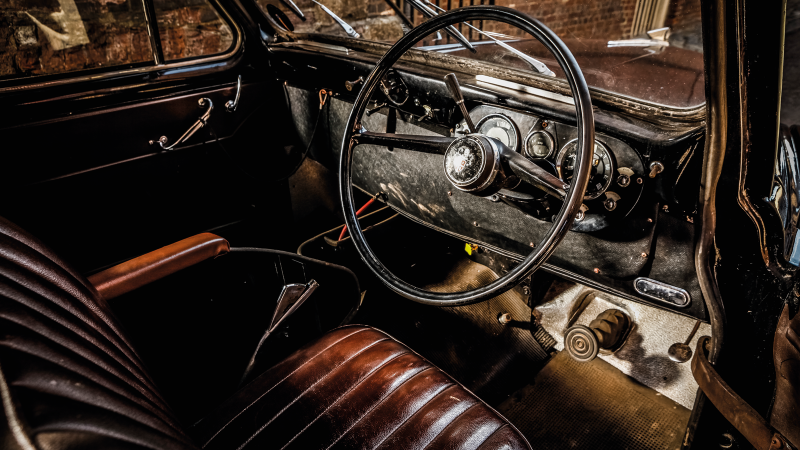 © Tony Baker/Classic & Sports Car
© Tony Baker/Classic & Sports Car -
 © Tony Baker/Classic & Sports Car
© Tony Baker/Classic & Sports Car -
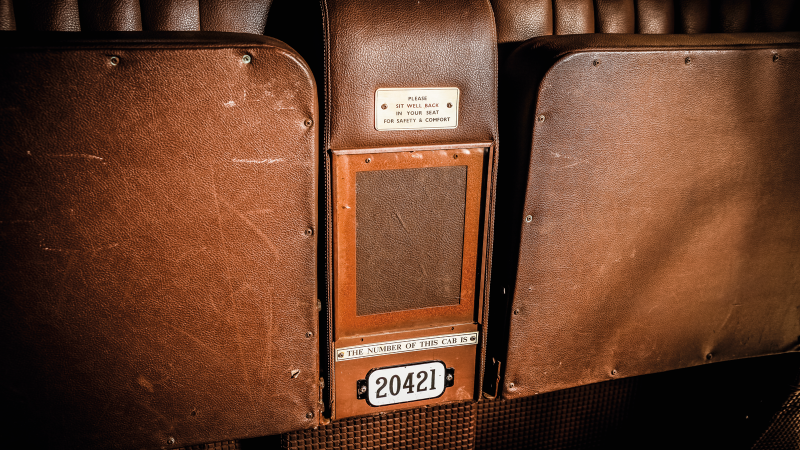 © Tony Baker/Classic & Sports Car
© Tony Baker/Classic & Sports Car -
 © Tony Baker/Classic & Sports Car
© Tony Baker/Classic & Sports Car -
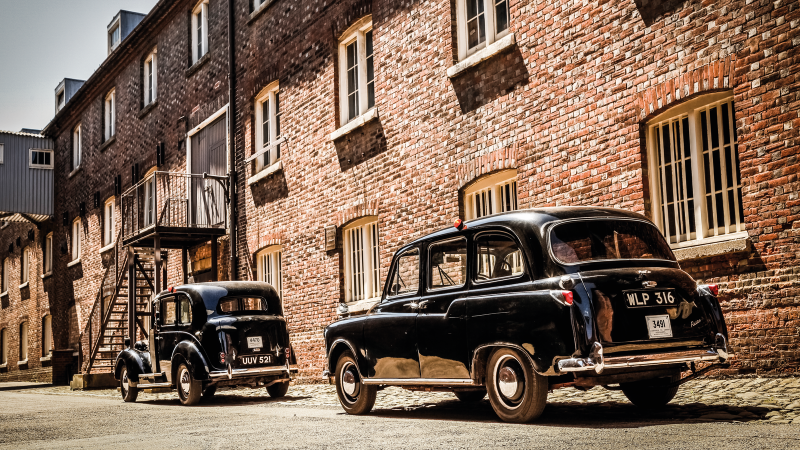 © Tony Baker/Classic & Sports Car
© Tony Baker/Classic & Sports Car -
 © Tony Baker/Classic & Sports Car
© Tony Baker/Classic & Sports Car
-
We hail the taxi that started it all
Forget the Jaguar XK120, the Land Rover, the Citroën 2CV and the Morris Minor: of all the vehicles launched in 1948, the Austin FX3 is arguably the most seminal – at least for Londoners.
See, the FX3 and its 1958 successor, the FX4, were the cars that defined the landscape of the British capital after World War II. They were the first black cabs – and the city would never be the same again.
But what were they actually like to drive – and, more importantly, to ride in? We flagged down two original examples to find out.
-
Team effort
It was vehicle dealer Mann & Overton that first commissioned the FX3, asking British make Austin to design a new all-steel machine in 1945. The cab was to be constructed by Carbodies of Coventry and the firm would wrap a novel chassis in modern coachwork.
Power, meanwhile, would come from a familiar 2.2-litre engine – the prototype’s 1.5-litre number proving too pokey and slow for its people-hauling responsibilities.
-
Approved by the police
Naturally, the new taxi would have to be approved by the Public Carriage Office of the Metropolitan Police – and the Met did plenty to make certain that the cab was fit for service on London’s streets.
It ensured, for example, that the new model had wide-opening rear doors and that the armrests were sufficiently narrow for the width of the back seat.
-
Prepared for all fares
The FX3 was first shown in June 1948, and cabbies were immediately impressed by its sealed cabin, with its partition to the left of the driver – largely because previous Austins had exposed the operator to the often harsh London elements.
It also cut a dash alongside contemporaries, while a full dashboard of instruments, leather seats, opening windscreen and provision for a heater made it seem the height of sophistication.
-
Black is the new black
Austin actually sold the FX3 as a standalone chassis, for conversion into ice-cream vans, hearses, shooting brakes and newspaper-delivery wagons – but its role as a cab was surely its most iconic.
Much of that was no doubt due to its colour scheme: black was the standard hue and, with many operators reluctant to pay extra for another shade, the FX3’s understated paint job became the definitive finish for a London taxi.
-
Plenty of headroom
Looking at it today, the FX3 seems very tall and exceptionally narrow – and for good reason: that height reflects an era in which men wore hats.
The London bowler didn’t disappear until the mid ’70s, which meant any cab worth its meter needed a roofline high enough to accommodate the headwear of the city’s workers. Which is why you never saw a Mini on taxi duty.
-
Motor of mass appeal
But what is the Austin like on the road today? “The FX3 is not especially heavy to drive,” says Anthony Blackman, owner of the taxis we’re trying. “It’s a well-sorted design and it attracts attention.”
This is an understatement: a huge number of tourists want to pose with the FX3 – an understandable reaction to a vehicle with such innate charm and charisma, not to mention postcard appeal.
-
Pea-soup luxury
Sitting in the passenger compartment is akin to entering a gentleman’s club – albeit without the cigar smoke and dress code – while the sound of the engine is as redolent of the past as the ring of a public telephone box.
For true authenticity, though, our Austin ought really to be battling with drizzle and the thick ‘pea-souper’ fog so synonymous with mid-century London.
-
Ubiquitous machine
By the late ’50s, Austin proudly proclaimed, ‘you see more Austin taxis on the streets of London than any other single make of cab’ – which, even given the scarcity of any rivals, was still an achievement.
In fact, after a decade in service, the FX3 had become the archetypal London taxi – which posed a considerable problem when it came to creating a successor.
-
Taxi of its time
Work on the follow-up FX4 commenced in 1956, with styling a joint effort by Eric Bailey at Austin and Jake Donaldson at Carbodies. The engine was mounted further forward on the chassis for more cabin space, while new independent front suspension meant greater comfort.
It launched in 1958, with full production commencing late the following year – and it was a conveyance fit for the city of the Routemaster bus and Brutalist architecture.
-
Bigger and better
Though it was based on the same chassis as the FX3, the FX4 was an inch wider, four inches longer and – with a couple of styling flourishes that stuck its shoulders out – looked a whole lot more substantial.
More remarkable than its apparent heft, though, was the lack of an open luggage platform – bringing an end to the tradition of cabbies opening the side partition to pull down the ‘For Hire’ flag on the meter. Shame.
-
Time for change
A three-door prototype had been shown at the Commercial Vehicle show, because there was still a belief that heavy suitcases and steamer trunks would be carried alongside the driver – as they had been on the FX3.
By the time it entered production, though, the FX4 had become London’s first four-door taxi – and it was one far better suited to the needs of the cab driver.
-
Nothing to see
The driver’s seat was more comfortable, the heater was better and there was even a de-mister – a vast improvement over the optional one available for the FX3 and a much-needed tool in the chilly British winters.
That also meant a fixed windscreen, though there was originally no rear-view mirror. Why? Because passenger privacy was paramount, of course.
-
The old ones are the best
So successful was the whole setup that it remained in production for 39 years, the last variant being built in 1997 – but the one we’re driving is at the extreme opposite end of the spectrum: it’s believed to be the oldest FX4 in the world, dating from 1959.
And that tells in its features – from the ‘For Hire’ sign above the windscreen and the side lamps atop the wings, to the distinctive indicators, folding seats that face forward and a porthole in place of a sliding division. All that's missing is a shilling for the fare.
-
Slow to go
Vastly heavier than its forebear, the FX4 can feel sluggish compared to the FX3. In fact, a lot of cabbies initially complained that they couldn’t pull away from the kerb with a full load of passengers, while the automatic transmission was thirsty on fuel – not to mention perplexing to many drivers (hence why a manual version was made available by 1961).
-
Noisy for a decade
The early Austin FX4 also lacked soundproofing, because the PCO believed it could be a fire hazard. The result? An engine note loud enough to silence conversation.
It was an issue that went unrectified until 1968, when the second generation launched – complete with completely integrated tail-lights, more comfortable front compartments and a slightly more restrained noise level.
-
End of an era
By the end of the 1960s, almost all London taxis were Austin FX4s. With the intended replacement – penned by David Bache and Mini designer Alex Issigonis – canned after Leyland’s takeover of BMC, the Bailey/Donaldson design remained in service for another 45 years.
When the last one was decommissioned in 2012 – which was, ironically, the most iconic year in London’s recent history – two generations of Britons couldn’t remember a time when it hadn’t been a mainstay of the nation’s taxi ranks.
-
You know who to call
As with any great car, it’s the smallest details of the FX3 and FX4 that are most evocative: the sound of the meter, the ‘bunny ear’ lights flashing in acknowledgement of a hail, or an advertisement above the partition, recommending that punters call WATerloo 7722 for a ride.
By the end of our day with these two legends, we were longing to do exactly that.
Thanks to The Historic Dockyard Chatham; London Vintage Taxi Association
